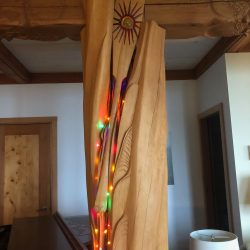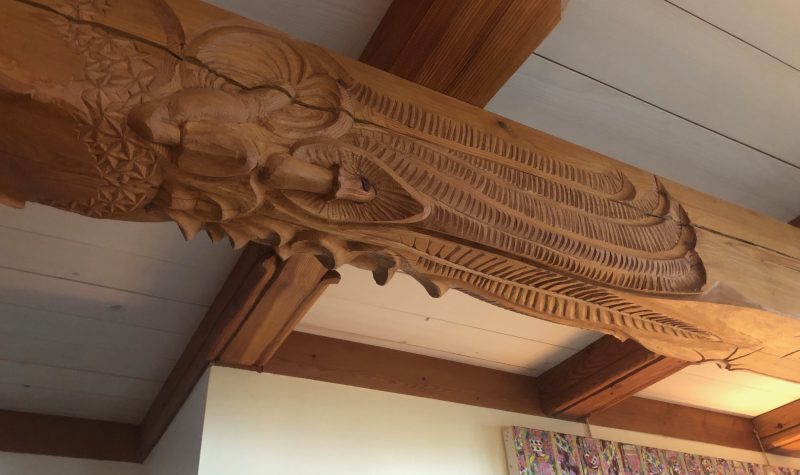According to the BC government, recent projections indicate there will be a decline in timber supply by 2025 throughout the province.
As a result, the Cortes Island Community Forestry Cooperative (CCFC) is hoping to find creative ways to repurpose timber on the island. The organization is holding a public meeting this weekend that aims to get public input on creating value added wood products from timber harvested on its nearly 4,000 hectare tenure.
"Value-added products include treated lumber, engineered wood products, shakes and shingles, posts, poles, log and timber-frame homes, mouldings, pallets, boxes, cabinets, furniture, art and other finished or semi-finished goods. These products generate more economic value per unit, but their manufacture is typically marked by low volumes of output," the BC government wrote in A Vision and Action Plan
for Further Manufacturing.
In November, the CCFC put out an initial call for proposals for the creation of value-added products. However, the response from Cortes Island citizens was minimal.
CCFC president Carrie Saxifrage says it's an opportune time as the BC government invests $90 million in forestry dependent communities for secondary manufacturing.

An artist carved post in the Saxifrage home on Cortes Island. Photo by Greg Osoba.
Saxifrage says the organization is a partnership between the non-Indigenous community on Cortes Island and the Klahoose First Nation. She adds that the public input from the upcoming meeting will result in a roadmap to guide the creation of locally made value added wood products: Saxifrage sees the strategy as a way for forestry dependent communities to create jobs and determine their own destiny as timber supplies dwindle.
Funding for the initiative comes from timber sales from the CCFC's logging operations and a $20,000 grant received from the Island Coastal Economic Trust.
The CCFC meeting will be held Saturday, Jan. 28, from 11 a.m. to 3 p.m., at the Klahoose First Nation multi-purpose building.
Saxifrage discusses the process and possibilities in the interview below with CKTZ News:


